|
United States : Colorado
3.9 miles (6.4 km) SE of Trinchera, Las Animas, CO, USA
Approx. altitude: 1870 m
(6135 ft)
([?] maps: Google MapQuest OpenStreetMap topo aerial ConfluenceNavigator)
Antipode: 37°S 76°E
Accuracy: 3 m (9 ft)
Quality:
Click on any of the images for the full-sized picture.
| 37°N 104°W (visit #7) |
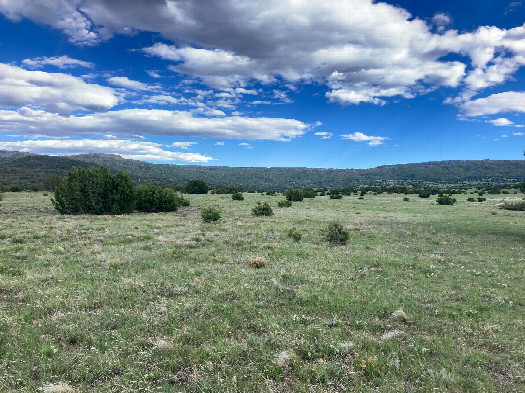 (visited by Michael G, Jack S, Jacob W, Sarah K and Malachi B) 16-May-2025 -- As we'd been planning to do for several months, a few friends and I returned to the mesalands of northeast New Mexico and southeast Colorado for a weekend of hiking, stargazing, scenic driving, and most importantly (I say in jest), another confluence. Today's visit would be an appropriate capstone for our improvised auto tour of the area. 37N 104W is located on the western periphery of a corridor of mesas that strecthes across northern Union County NM, known as the Mesa de Maya. The Mesa de Maya is transected by a small valley through which the Dry Cimmaron River runs; the confluence is about 10 miles (17 km) northwest of this valley's western edge, making it an ideal place to visit when approaching the point from the east. NM 456 follows the Dry Cimmaron River through this valley, and it's a real treat to drive: we greatly enjoyed our (roughly one hour) journey westbound from the Oklahoma border, winding along sections of interspersed paved and unpaved road through a rugged and wide-open landscape, with only an occasional cattle ranch breaking up the otherwise untouched surroundings. On reaching NM 551, we turned north en route to Branson CO, climbing several hundred feet elevation out of the valley and onto a flatter expanse just beyond the Colorado/New Mexico border. Branson was interesting in its own right — it's the nearest 'proper' town to 37N 104W, 6.5 miles (10 km) to the east-northeast, just past the Colorado state line. The most recent census logged a population of 57, and it's almost an hour's drive from a sizable population center. The town was completely still, except for one person we passed riding a horse along the side of the road. (Trinchera CO, while closer to the confluence, is unincorporated.) On the north side of Branson, we turned west onto a gravel road signed for Trinchera — yet another very pretty road with expansive views to the north and west. We followed this road about 8 miles (13 km) to a point where it crossed a railroad track, just beyond which there's a junction with another gravel road that heads south toward the confluence. It was narrower than any of the preceding unpaved roads we'd used so far and not lined by barbed fence, allowing the resident cattle to wander freely. (A couple of them were lounging near the roadside, requiring very slow and attentive driving. They seemed unbothered by us though.) Shortly before reaching the state line, we came to the path's nearest approach to the confluence and pulled the car onto the closest thing resembling a shoulder, just over 200 meters southeast. The setting was spectacular, not sure how else to describe it (see this photo, looking south along the road from where we parked). Having left behind the cattle a mile north and not seeing any nearby, the coast looked clear for a simple walk to the all-zeroes spot. We set off into the open field, covered in short green grass (presumably grazed) with a few small cacti and widely scattered purple and yellow wildflowers. New Mexico juniper trees dotted the landscape as far as the eye could see in all directions, a ubiquitous sight in the higher elevations of semi-arid climates in the Southwest. It took five minutes from leaving the car to reach our goal and zero out the GPS: we were now standing at 37N 104W, naturally marked on the ground today by a small, distinctly golden-hued plant (see the overview shot). It was a truly beautiful location, and Jack and I quickly determined that it was the most scenic confluence that we'd been to so far. This was Malachi's first confluence, a pretty good starting point! The weather couldn't have been better — broken clouds offered occasional shade and nice lighting for photos, and the temperature hovered in the low 70s (~22°C), ideal for slow-paced wandering. With the directional photos taken and no animals in sight, we hung around for a bit longer to take in the isolation and bucolic nature of the spot. About 100 meters southwest of the point, we found a small gully (not pictured) and a patch of volcanic rocks. This wasn't unexpected since the Mesa de Maya region was in fact created by volcanic activity — a nice tangible reminder of the processes that molded the picturesque landscape we were standing in. Our group eventually returned to the vehicle after around 30 minutes near the confluence, very satisfied from the peaceful meandering. Being so close to the state line, I walked over into New Mexico (whose boundary was marked by a cattle guard) and got picked up from a convenient turnaround spot for the car, literal steps into the state. Confluences are definitely a lot of fun if you like jurisdiction boundaries, especially in the rectangular western states. We departed the area via the same roads we'd come in, diverging from our earlier route at the NM 551/NM 456 junction and heading south to Folsom NM, then on to Des Moines NM. Along the way, we spotted the Capulin Volcano in the distance to our southwest (15 mi/24 km south of 37N 104W). It'd been a wonderful day, and that extinct volcano is a great motivation for us to return someday (maybe even to this confluence)! |
| All pictures |
| #1: Looking southeast at 37N 104W, marked by the yellowish plant in the middle of the photo #2: Looking north from the confluence #3: Looking east #4: Looking south #5: Looking west #6: Zeroes on the GPS! #7: Facing south along the road we parked #8: Some volcanic rocks near the confluence #9: Looking south into New Mexico (on the other side of the cattle guard) ALL: All pictures on one page |

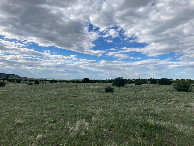
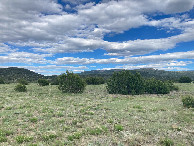
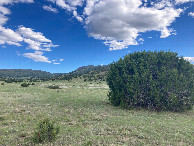
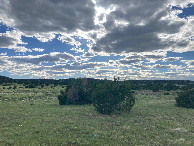
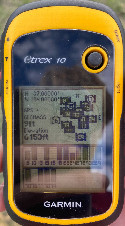
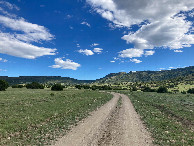
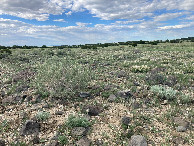
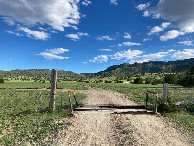
![Visit #6: [21-Jul-20] Visit #6: [21-Jul-20]](/us/co/n37w104v6/preview.jpg)
![Visit #5: [07-Sep-15] Visit #5: [07-Sep-15]](/us/co/n37w104v5/preview.jpg)
![Visit #4: [30-Aug-13] Visit #4: [30-Aug-13]](/us/co/n37w104v4/preview.jpg)
![Visit #3: [05-May-13] Visit #3: [05-May-13]](/us/co/n37w104v3/preview.jpg)
![Visit #2: [11-Oct-11] Visit #2: [11-Oct-11]](/us/co/n37w104v2/preview.jpg)
![Visit #1: [30-Jun-01] Visit #1: [30-Jun-01]](/us/co/n37w104/preview.jpg)